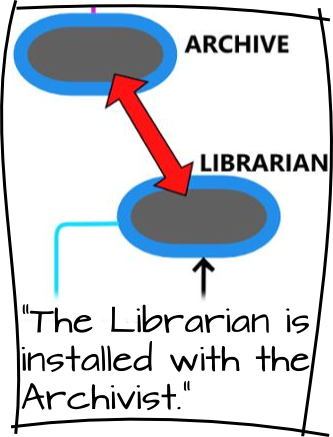"We need effective Business Intelligence from our systems. Our past investments in MRP systems have failed to deliver the benefits promised."
DSI records capture every event that is of interest. These records can be analyzed in every way imaginable, at any time. So your BI goals can always be met. When the data is captured, nothing about its analysis is presumed. No doors are ever closed.
"We need the ability to handle late-arriving changes at a reasonable cost and time. Because the competition is always in flux!"
We can change the DSI records at any time by adding fields. We can change the logic at any time by revising the Logic Boxes. Only a few LBs are affected by any change you can imagine. No doors are ever closed. We welcome and celebrate change.
"What is new about your paradigm?"
Nothing. It's all old, from the early days of computing. Except that today we have copious and very affordable resources available to use.
"Can I extract historical data to feed to a BI dashboard?"
Yes indeed. ETL means extract, translate and load into the analysis tool.

"What is the Librarian?"
The Librarian is installed with the Archivist. Its job is to collect old DSI records that match the request of a LB and deliver them via FTP.
"What is the Archive? Where and how many?"
The Archive is a column database that stores every DSI message, forever. The store is indelible meaning that DSI records can never be altered, only read. Write once, read many. There are multiple Archivists, as many as you like. One might be under your roof and another might be on a different continent.
"Can your system be run locally, with no Cloud connections?"
Yes. The connections are socket pairs over TCP/IP so distance is immaterial.
"What is a DataStreamInfrastructure (DSI) Record?"
It's an XML message composed of data fields that are "of interest". Meaning "relevant".
